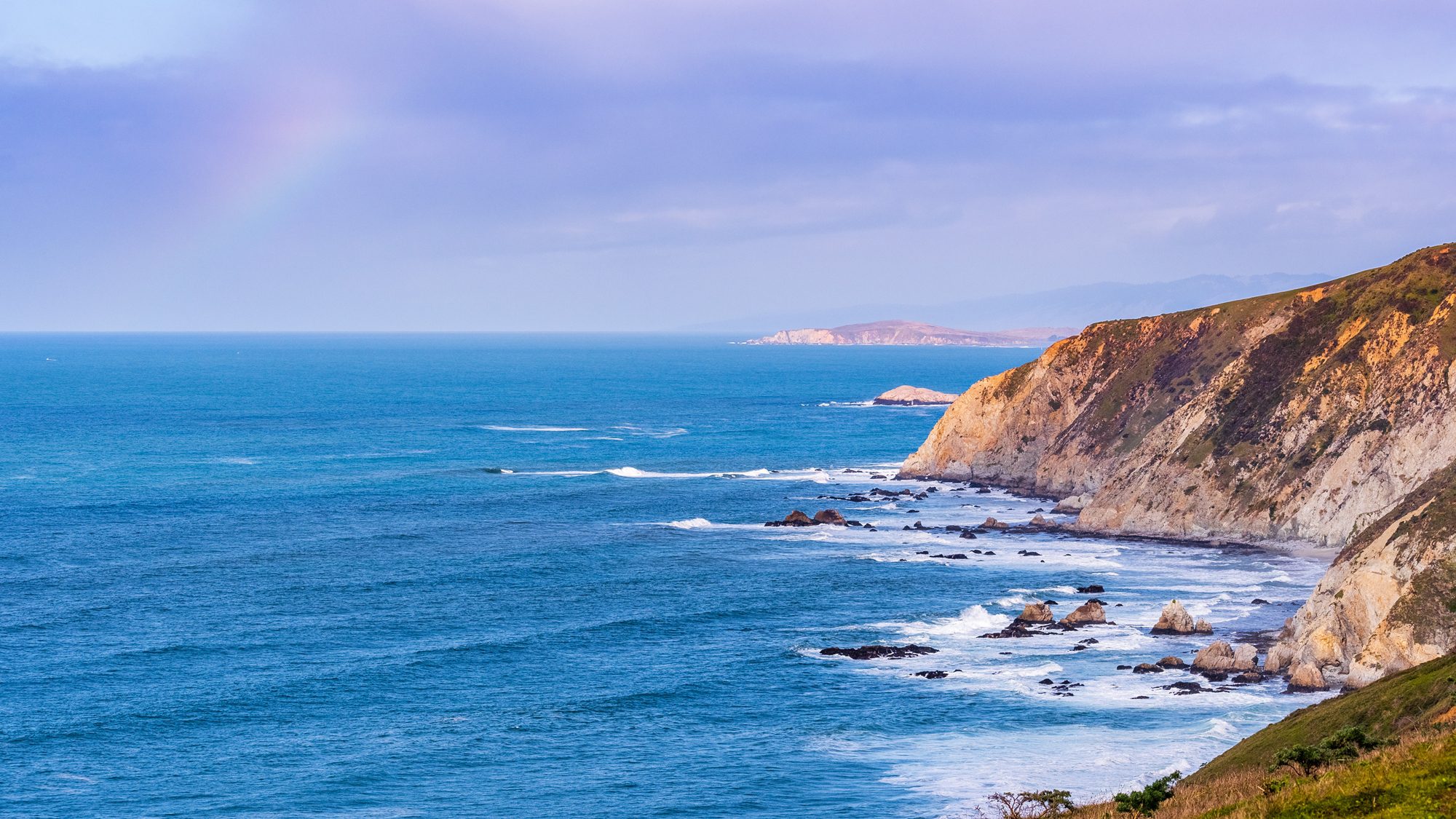- Rivers and groundwater supply essential nutrients to coastal seas.
- Climate change is reshaping flows, timing, and nutrient chemistry.
- Local human activities compound these global-scale changes.
Monday, September 29, 2025 — Rivers and coastal aquifers are lifelines for nutrients entering the ocean. Nitrogen, phosphorus, silicon, and carbon from these sources sustain coastal productivity, shape oxygen balances, and influence carbon storage in marine sediments. According to recent research published September 24, 2025 , rivers alone add between 40 and 70 teragrams of nitrogen annually to nearshore ecosystems, while groundwater supplies significant amounts of dissolved silicon and other nutrients.
, rivers alone add between 40 and 70 teragrams of nitrogen annually to nearshore ecosystems, while groundwater supplies significant amounts of dissolved silicon and other nutrients.
Although freshwater groundwater discharges are relatively small compared to rivers, they can be disproportionately important in areas such as coral reefs and salt marshes. Groundwater also circulates large amounts of seawater through aquifers, releasing additional nutrients before they return to the ocean.
Climate Change and the Water Balance.
Climate-driven changes in precipitation, snowmelt, glacier retreat, and evaporation are altering the amount of water rivers and aquifers carry to the coast. For instance, global models suggest that by 2050, average river discharge will rise in nearly half of the world’s land areas and decline in more than one-third.
In the Colorado River Basin, long-term declines are already evident, with reduced flows attributed to rising temperatures and increased evaporation. Glacial-fed rivers are also vulnerable. While melting ice can temporarily boost flows, this supply shrinks as glaciers retreat, leaving downstream basins water-limited.
Groundwater is equally affected. Rising seas push saltwater inland, raising salinity in aquifers. Nearly 80 percent of coastal areas below 60°N latitude may face seawater intrusion by 2100. Changes in rainfall can either recharge aquifers or reduce supplies, with arid regions projected to experience the sharpest declines.
Nutrient Chemistry in Transition.
It is not just water flows that are shifting—nutrient chemistry is changing too. Droughts reduce dilution, causing higher concentrations of dissolved nutrients. Heavy floods, in contrast, can flush soils and release pulses of nitrogen and phosphorus. Thawing permafrost adds more dissolved organic carbon and nutrients into northern rivers and groundwater.
Wildfires, expected to increase with warming, contribute black carbon to rivers, a form of organic matter that can persist in the ocean. Rising stream and groundwater temperatures accelerate biological processes, altering the cycling of nitrogen and phosphorus underground.
Saltwater intrusion in aquifers alters nutrient reactions, sometimes mobilizing ammonium and phosphate, while reducing other processes like denitrification. These chemical shifts affect not only the quantity of nutrients reaching the coast but also their forms.
Human Activities Intensify the Shifts.
Agricultural fertilizer use, wastewater leakage, groundwater pumping, and dam construction all interact with climate pressures. Fertilizer alone is projected to account for 80 percent of the total riverine nitrogen inputs to the ocean by mid-century. Infrastructure such as dams alters sediment and nutrient flows, reducing downstream nitrogen, phosphorus, and silicon.
In many regions, seawater intrusion worsens due to both climate-driven sea level rise and human-driven groundwater extraction. Such compounding stressors underscore the difficulty of predicting nutrient changes in coastal zones.
Implications for Ecosystems and People.
Changes in nutrient pathways affect ecosystems that humans rely on for fisheries, coastal protection, and carbon storage. Nearly three-quarters of marine fish species depend on rivers at some point in their life cycle. In the Arctic, rivers and erosion supply one-third of nutrients that support primary production. If these flows change, food webs and fisheries may be disrupted.
The study emphasizes that effects will differ across regions. In Southeast Asia, for example, increased river nutrient inputs may partially offset projected declines in productivity from changing ocean circulation. In other areas, nutrient losses may amplify existing stresses.
Citation.
Richardson, C.M., Peucker-Ehrenbrink, B., Wyatt, S. et al. Effects of climate change on river and groundwater nutrient inputs to the coastal ocean. Commun Earth Environ 6, 761 (2025). https://doi.org/10.1038/s43247-025-02594-6
FAQ
Why are nutrients from rivers and groundwater important?
They sustain coastal ecosystems, drive productivity, and influence global carbon and oxygen balances.
How does climate change affect these nutrient flows?
By altering rainfall, snowmelt, evaporation, and sea level, climate change reshapes both the volume of water and the chemistry of nutrients carried to the ocean.
What role do human activities play?
Fertilizer use, wastewater, land-use changes, and infrastructure like dams add to or modify nutrient loads, often amplifying climate-related changes.
Which regions are most at risk?
Coastal zones facing sea level rise, polar areas experiencing permafrost thaw, and arid basins like the Colorado River are all particularly vulnerable.
What remains uncertain?
Groundwater impacts are less understood than river systems, and local variability in geology and land use makes global predictions challenging.



